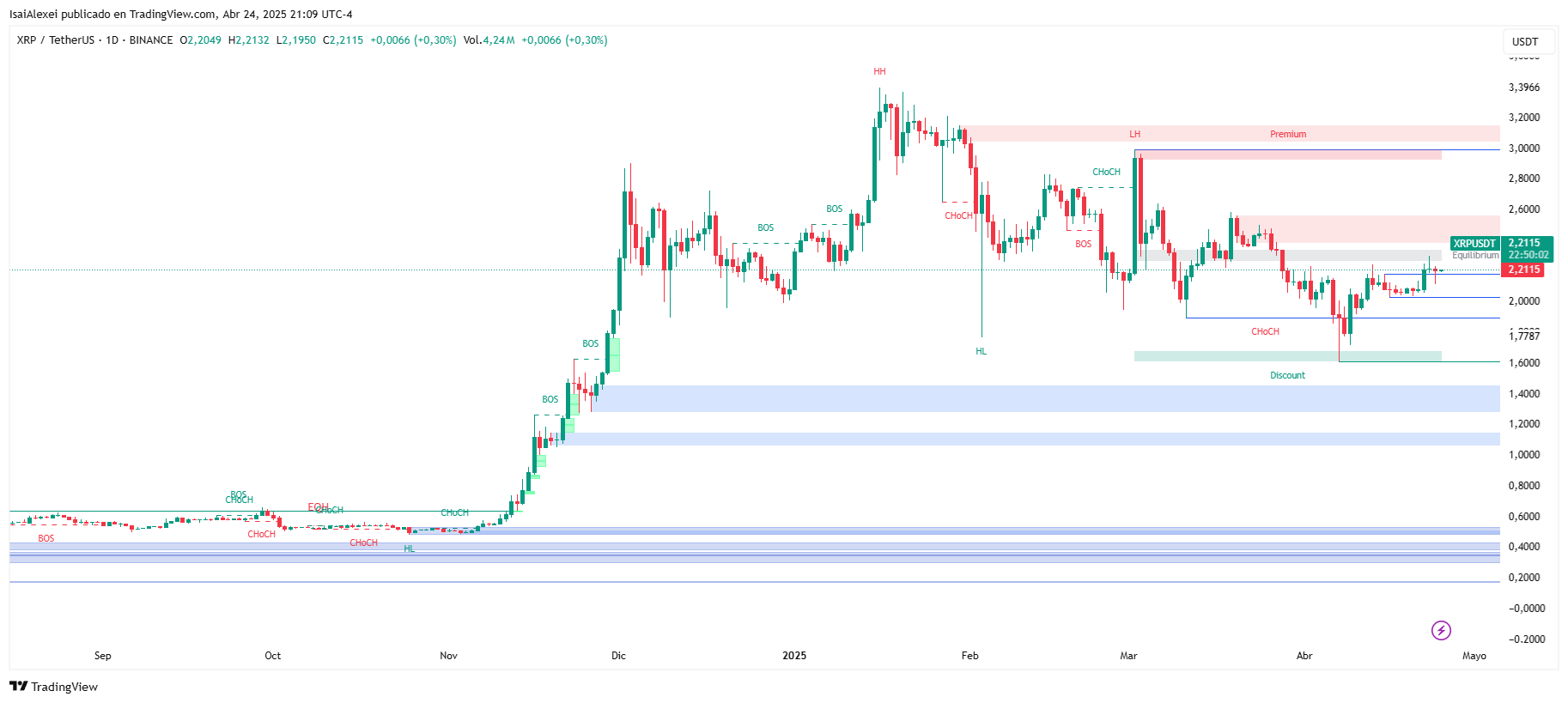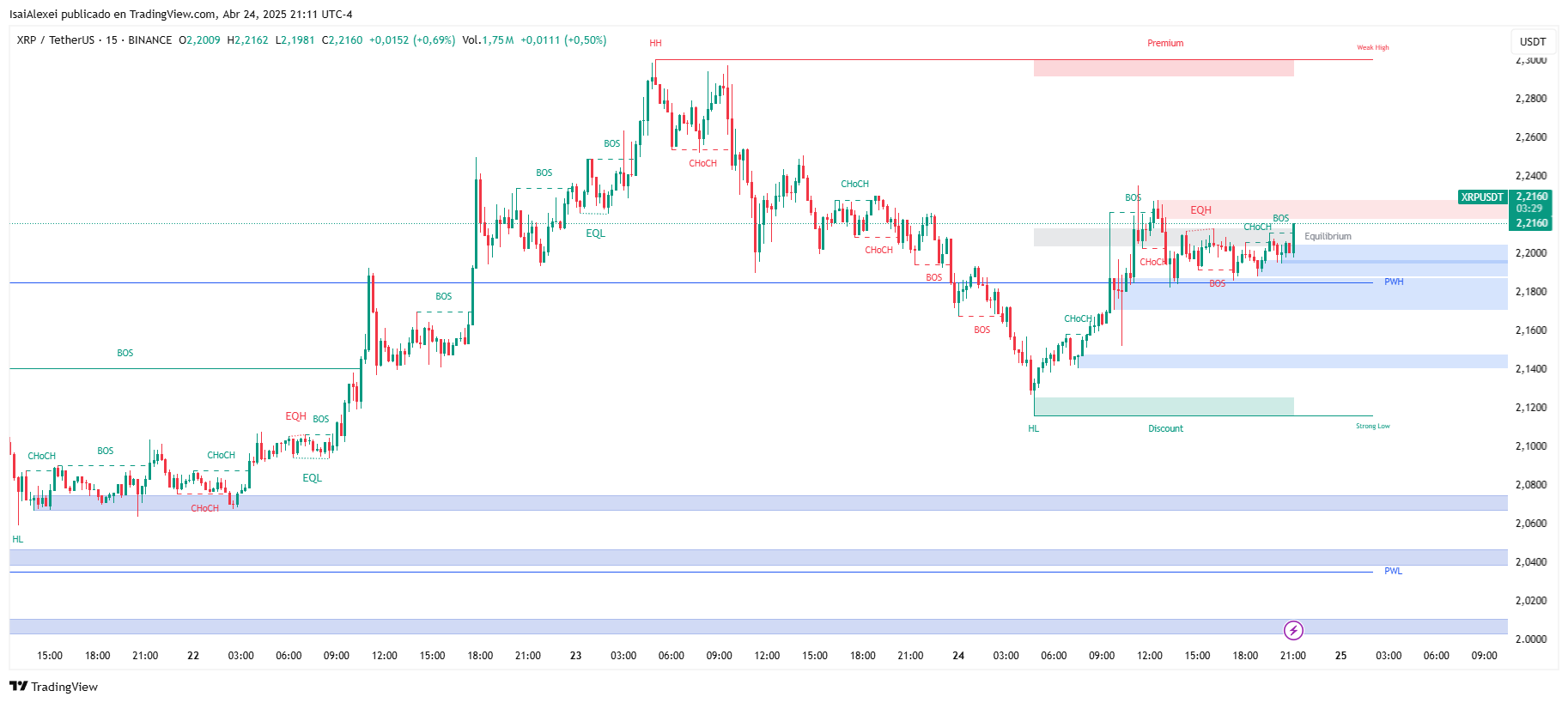- Mercoin now offers XRP trading, allowing Mercari users to convert resale earnings into crypto with only one yen.
- The listing adds a third coin after Bitcoin and Ether, widening access for three million first-time Japanese traders.
Mercoin, the digital-asset arm of resale giant Mercari, has started trading XRP on its mobile exchange, giving more than 20 million monthly Mercari users a straight path from marketplace proceeds to crypto.
Under the new option, shoppers may buy or sell XRP with a minimum order of just 1 JPY. They can draw on three funding lines: their Mercari cash balance, loyalty points, or linked bank accounts. Transactions settle inside the same user interface that handles second-hand goods, so account holders need no extra software.
The news that @Mercari, Japan’s go-to marketplace app, now supports XRP is notable for a few reasons:
➡️Mercari is Japan’s largest resale platform, where millions of users keep a balance from selling unused items (MAU: 20+ mill)
➡️Users can now convert that balance or Mercari… https://t.co/AbPNg1PxW3— Emi Yoshikawa {X} (@emy_wng) April 24, 2025
Mercoin launched Bitcoin support in March 2023 and added Ether in May 2024. During that period the app reached three million registered traders; roughly nine out of ten entered crypto for the first time through the service. XRP now becomes the third listed asset.
The token already has deep roots in Japan through SBI Holdings. SBI VC Trade and SBI Remit route cross-border remittances through XRP, and used-car dealers in the group accept the coin for settlement. Therefore, Mercoin’s listing links an established payment rail with a mass-market retail channel.
Emi Yoshikawa, vice-president of strategy at Ripple, noted on social media that “millions of users keep a balance from selling unused items” and can now swap that balance for XRP in a single tap.
Moreover, ETHNews analysts expect the entry price of one yen to draw casual sellers who treat the token as another wallet choice rather than a speculative bet. Yet regulators will watch order flow closely because most account holders are newcomers to digital assets.
XRP slides into daily commerce like a river meeting the sea—quiet yet persistent. Still, this remains grounded in routine checkout habits, not hype. Consequently, Japan’s resale shoppers can list an old jacket in the morning and hold a cross-border settlement coin by the afternoon. For market observers, the real test will be day-to-day turnover rather than headline price moves.
Meanwhile, Mercoin has hinted at broader asset coverage later this year, although no timetable has been released. Until then, the platform’s tri-asset lineup—Bitcoin, Ether, and now XRP—will serve as a barometer for mainstream appetite in the country’s resale economy.

XRP (Ripple) is currently trading at $2.21, with a mild -0.03% decline on the day, but maintains a +6.52% weekly gain, despite a -9.47% drop over the past month. On a yearly scale, XRP has surged +318.03%, confirming strong long-term momentum and market interest. The token’s all-time high was $3.40, reached in January 2025, placing the current price about 35% below its peak.
From a technical perspective, XRP is approaching a critical breakout zone. ETHNews analysts are watching closely for a daily close above a descending trendline, which could propel XRP toward the $2.80 level, a major resistance and psychological milestone.

The current technical indicators are flashing “buy” signals on both the daily and weekly charts, while the monthly outlook is rated as “strong buy”, confirming bullish alignment across timeframes. However, it’s important to watch whether volume supports a breakout above the $2.25–$2.30 zone.
On the fundamentals, XRP is gaining institutional attention. The CME Group plans to launch XRP futures contracts next month, pending CFTC approval, which would make XRP the fourth crypto listed on CME after BTC, ETH, and SOL. This is a significant step toward maturity and mainstream legitimacy.
However, regulatory concerns persist—XRP is still considered an unregistered security in an ongoing lawsuit filed by the Oregon Attorney General against Coinbase, potentially impacting trading sentiment in the U.S.



